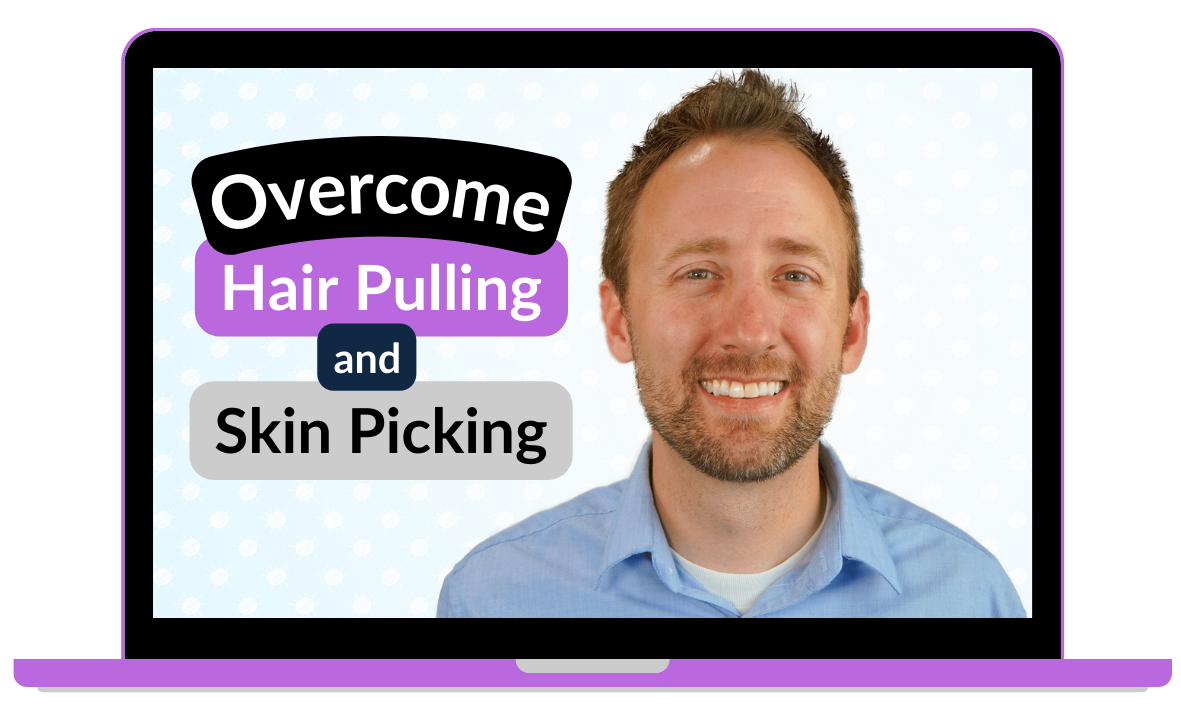All You Need To Know About Trichotillomania Treatment
Trichotillomania is a disorder characterized by the compulsive urge to pull out one's own hair, leading to noticeable hair loss and bald patches. It can have a serious impact on the sufferer's mental health and self-esteem. Fortunately, there are a variety of treatment options available for those who suffer from trichotillomania. In this blog post, we'll discuss the different treatment methods and how they can help you manage your condition. Read on to learn all you need to know about trichotillomania treatment.
Treatments for Trichotillomania
Trichotillomania is a mental disorder that involves the repetitive pulling out of one's own hair. It can lead to noticeable hair loss and can cause significant distress for those affected by it. While there is no known cure for trichotillomania, there are several treatment options that can help manage the condition and reduce the frequency and severity of hair pulling.
Trichotillomania is a difficult disorder to treat, but there are several treatments available to help individuals suffering from it. The most important step for those affected is to recognize the disorder and seek help from professionals.
The primary treatment for trichotillomania is Cognitive-Behavioral-Therapy. This therapy helps individuals to become aware of the urges they experience and to learn how to resist them. It also helps individuals to replace their negative thoughts with positive ones and to challenge their automatic responses. CBT can be used in both individual and group settings, and it has been found to be effective in reducing symptoms of trichotillomania.
Another option is medication. Selective-serotonin-reuptake inhibitors such as Prozac, Zoloft, and Paxil are commonly used to treat trichotillomania. These medications can help reduce the intensity of compulsive urges, as well as improve mood and overall functioning.
It is important to note that there is no one-size-fits-all approach to treating trichotillomania, and individuals should work with their doctor to find the best treatment plan for them. In addition to these treatments, many people have also found relief through other methods such as hypnotherapy, mindfulness meditation, acupuncture, and lifestyle changes.
Regardless of the approach taken, it is important for those affected by trichotillomania to remember that it is a treatable disorder, and with the right support and treatment, it can be managed effectively.

Resources for Those Affected by Trichotillomania
There are many resources available for those affected by trichotillomania. Many of these resources can help to provide education and support for those suffering from the condition.
Firstly, it’s important to find a therapist or mental health professional who is experienced in treating trichotillomania. A trained mental health provider can offer support and assistance with developing strategies to cope with the urge to pull hair and manage the symptoms.
Support groups are also an important resource for those affected by trichotillomania. Online forums are another excellent resource. Forums dedicated to trichotillomania often feature discussions on the latest treatments, coping strategies, lifestyle changes, and emotional support. By participating in these forums, individuals affected by trichotillomania can connect with others going through similar experiences and find support from peers.
If you are still having problem, you can visit OCD and Anxiety Online.



